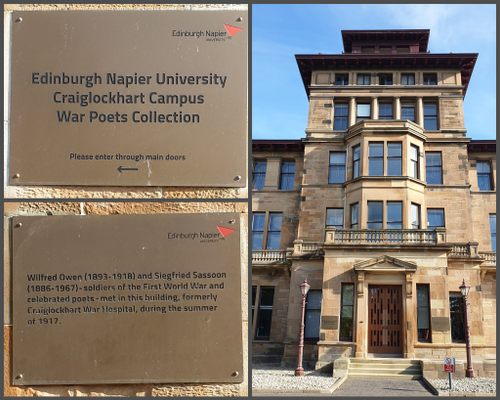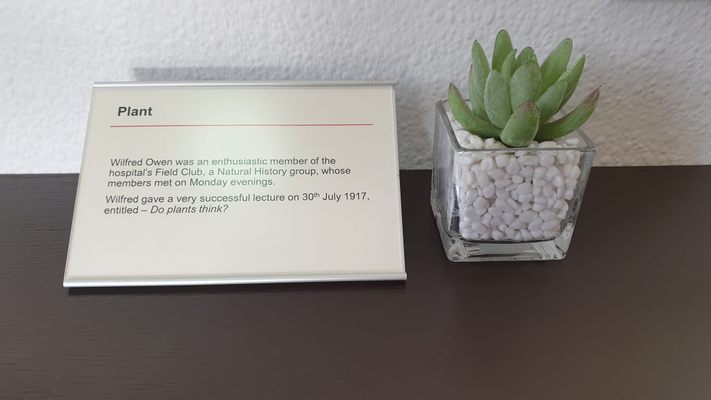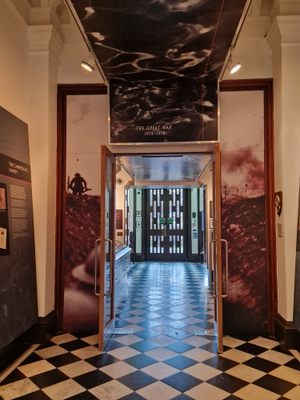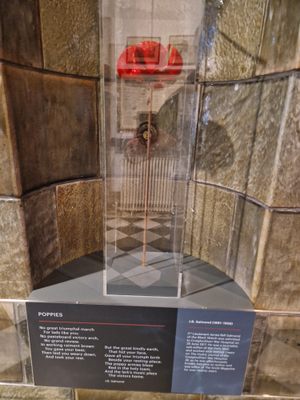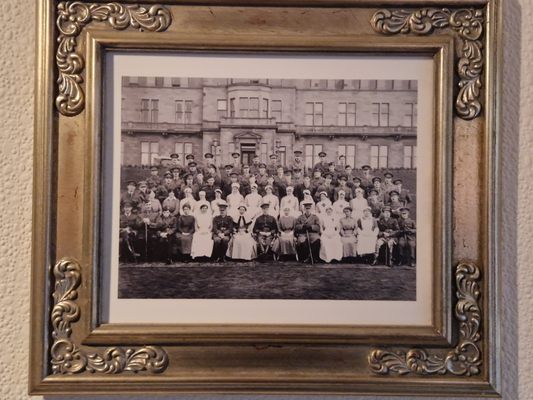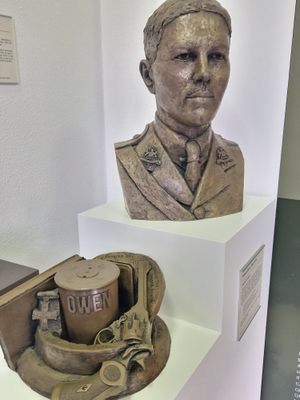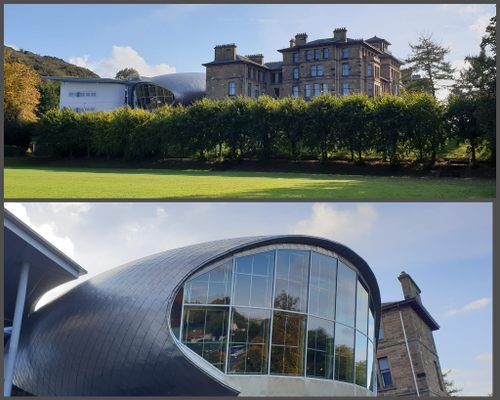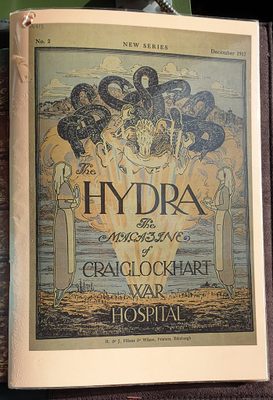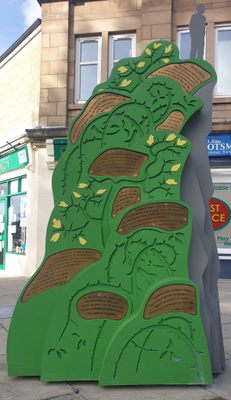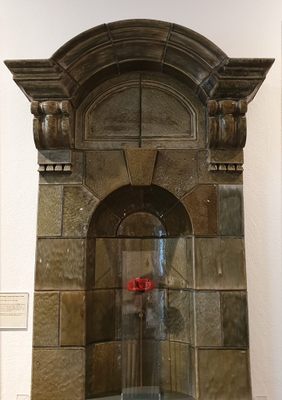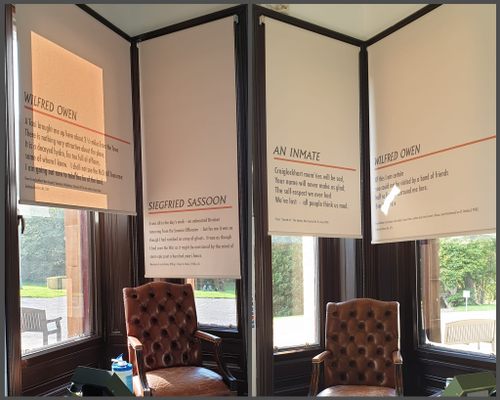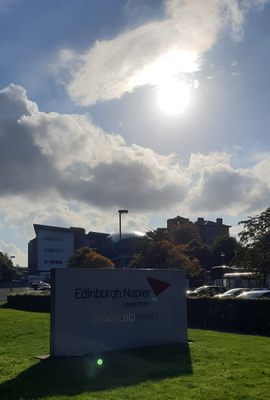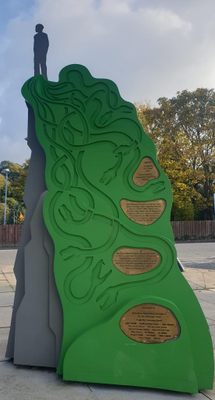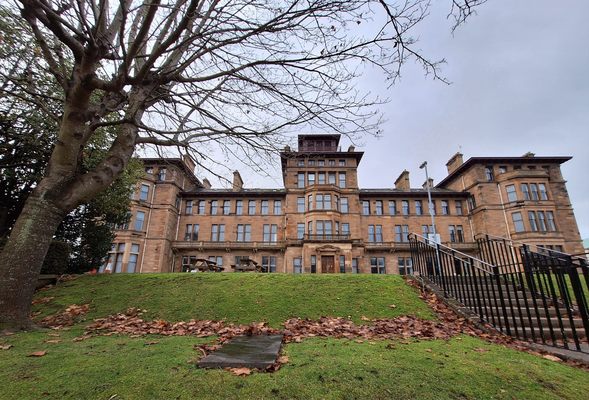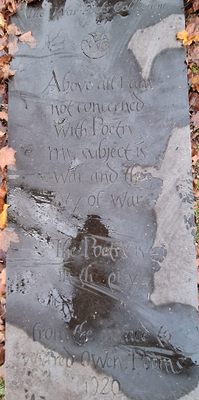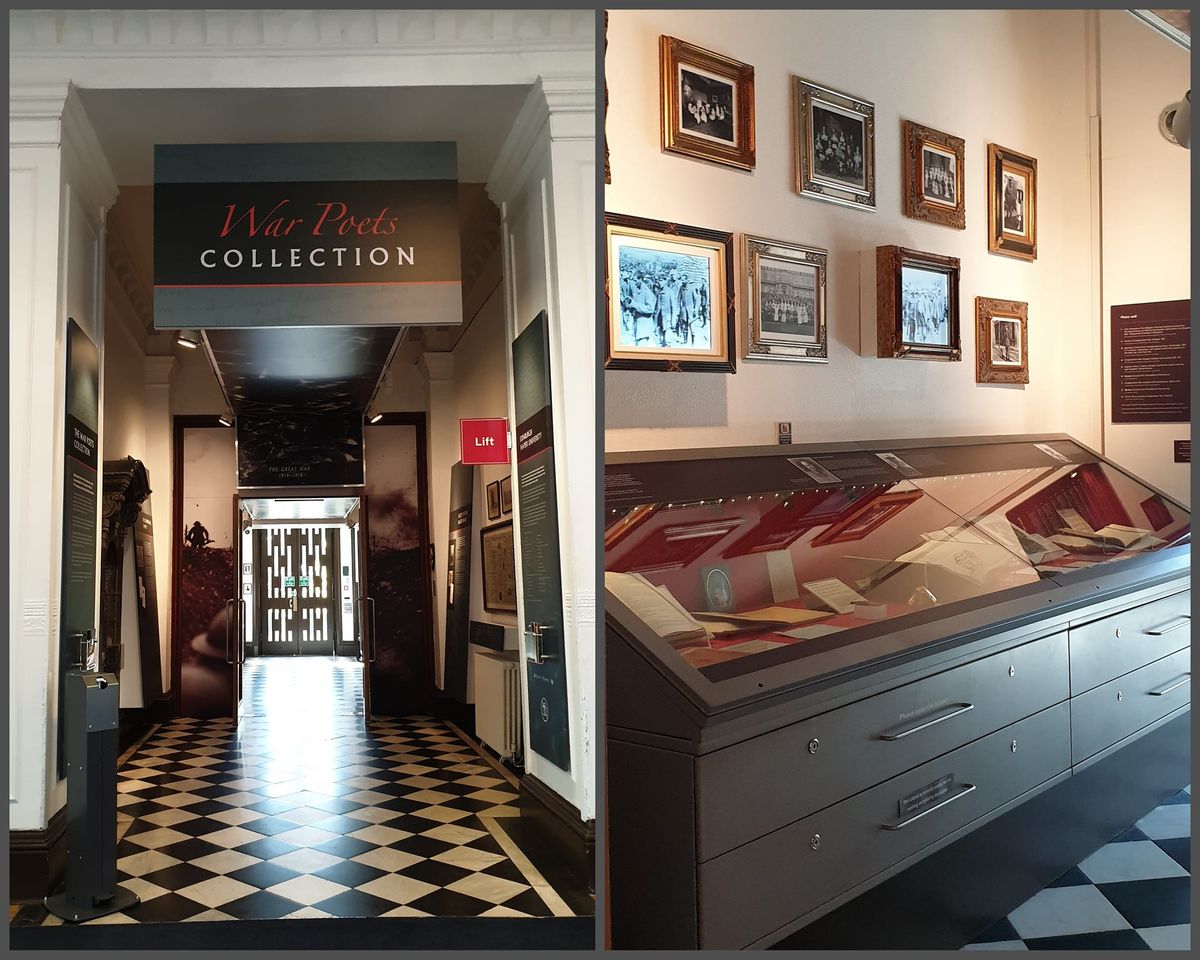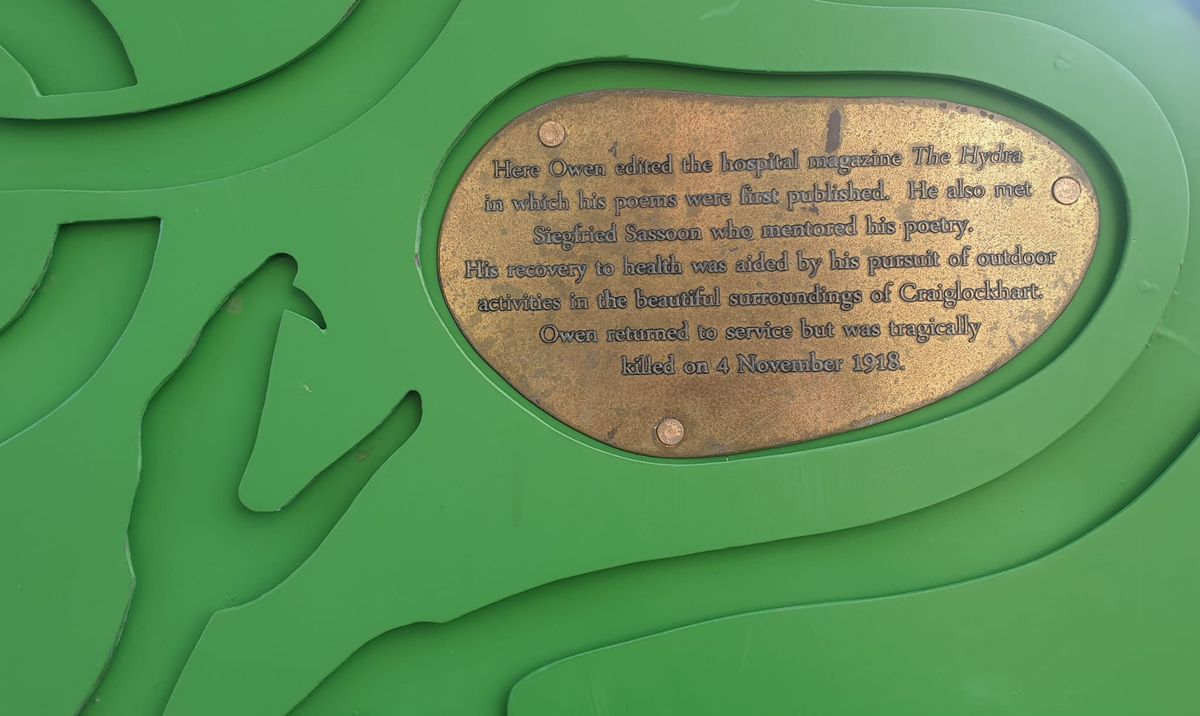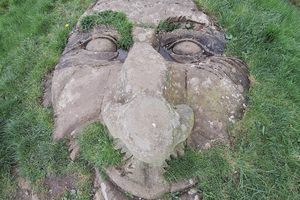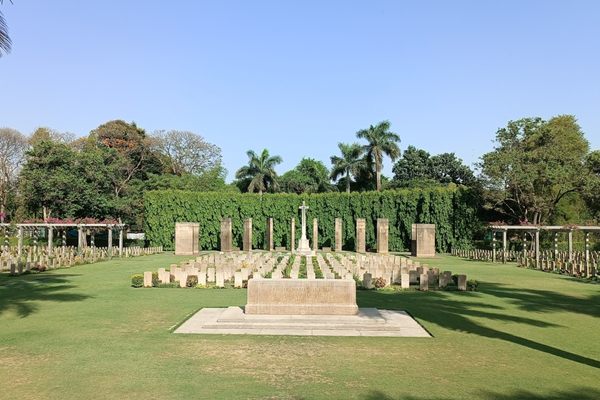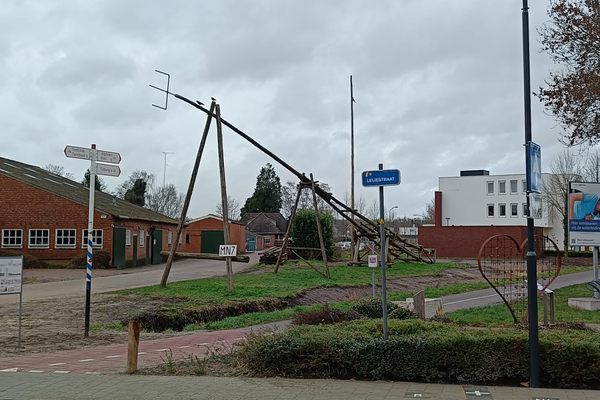About
A war poet is a term used to identify anyone who has served in a military capacity and has written about their experiences. A collection of over 800 artifacts belonging and pertaining to members of the armed forces during World War I is on display on the Craiglockhart campus of Napier University. From 1916 to 1919, the buildings and grounds were known as the Craiglockhart War Hospital. A treatment center for officers coping and dealing with the effects of shell shock.
Two of the most famous residents of the facility were Wilfred Owen and Siegfried Sassoon. While recuperating from injuries sustained on the battlefield, the two Englishmen developed a camaraderie. Their relationship was that of mentor and student, with Sassoon, the more accomplished of the pair, motivating Owen to write about his experiences in the trenches. At the behest of their doctor, Arthur J. Brock, the two men were encouraged to write for The Hydra, a fortnightly magazine produced by and for the patients of the hospital.
Their combined work was to take on a message of anti-war sentiment. Two of Owen's most famous compositions; Anthem for Doomed Youth and Dulce et Decorum est got their start at Craiglockhart. Unfortunately, the later work was published posthumously, as Owen died on the battlefield. It was Sassoon's Soldier's Declaration, a poem about pacifism, that got him sent to Craiglockhart. Sherston's Progress is a semi-biographical account of his time spent there.
The permanent accumulation of documents, memorabilia, photographs, and film from both patients and staff was opened on Remembrance Day, November 11th, 2005. The display is intended to inform and educate the public on the effects the war had on individuals, as well as the treatment and care they received while convalescing at the site. There is also access to the surrounding grounds that will allow visitors to follow in the footsteps of the former residents.
In late November of 2015, a monument was unveiled in front of Napier College, off the Colinton Road entrance. A large black slab of Caithness flagstone is etched with a quote by Owen: "My subject is war and the pity of war. The poetry is in the pity." The flagstone was commissioned by Glen-Art, a non-profit that supports former members of the armed forces.
Related Tags
Know Before You Go
Open daily from 8 am - 5 pm for self-guided visits. Visitors should report to the reception desk near the front entrance. For group or guided visits, as well as those outside normal business hours, please phone or email ahead of time. The collection is on the same floor as the reception desk, on the opposite side. Photography is restricted for personal use, due to copyright issues.
Flavors of Scotland: Beyond the Haggis
Smoked seafood, single malt whisky, and warm hospitality.
Book NowPublished
January 9, 2023
